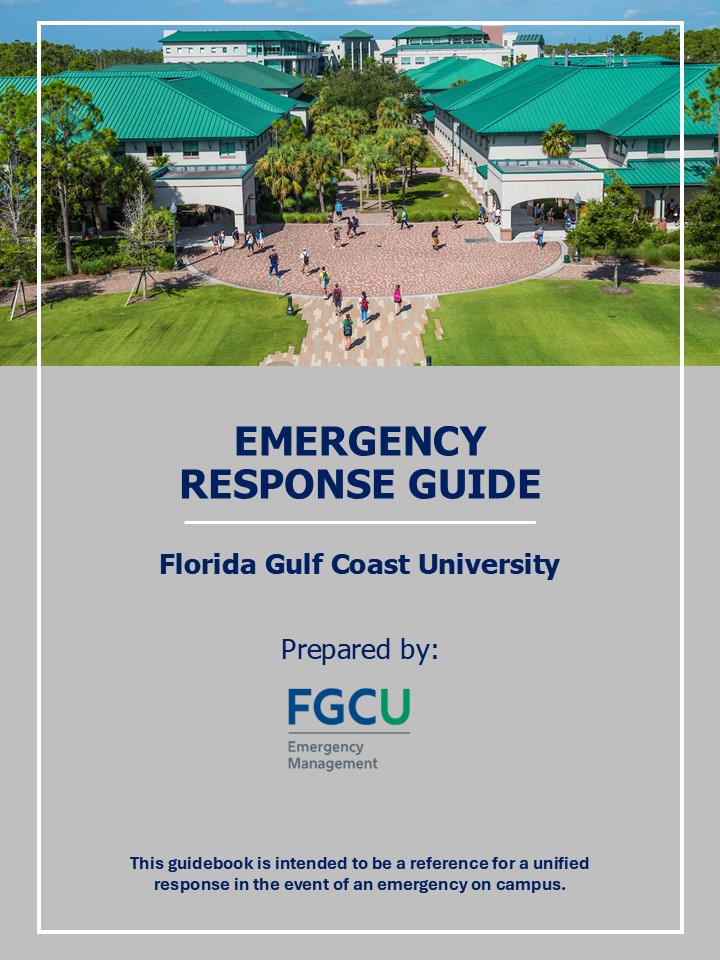Be Prepared. Stay Informed.
 |
The Emergency Response Guide is Intended to Be a Reference for a Unified Response in the Event of an Emergency on Campus.Campus safety and preparedness is a responsibility we all share. The ERG is meant to provide members of our university community with information on how they can do their part. Click here for the full guide or scroll down to explore the different aspects of the guide. Visit the Inform the Nest page for details on our upcoming information sessions. |

